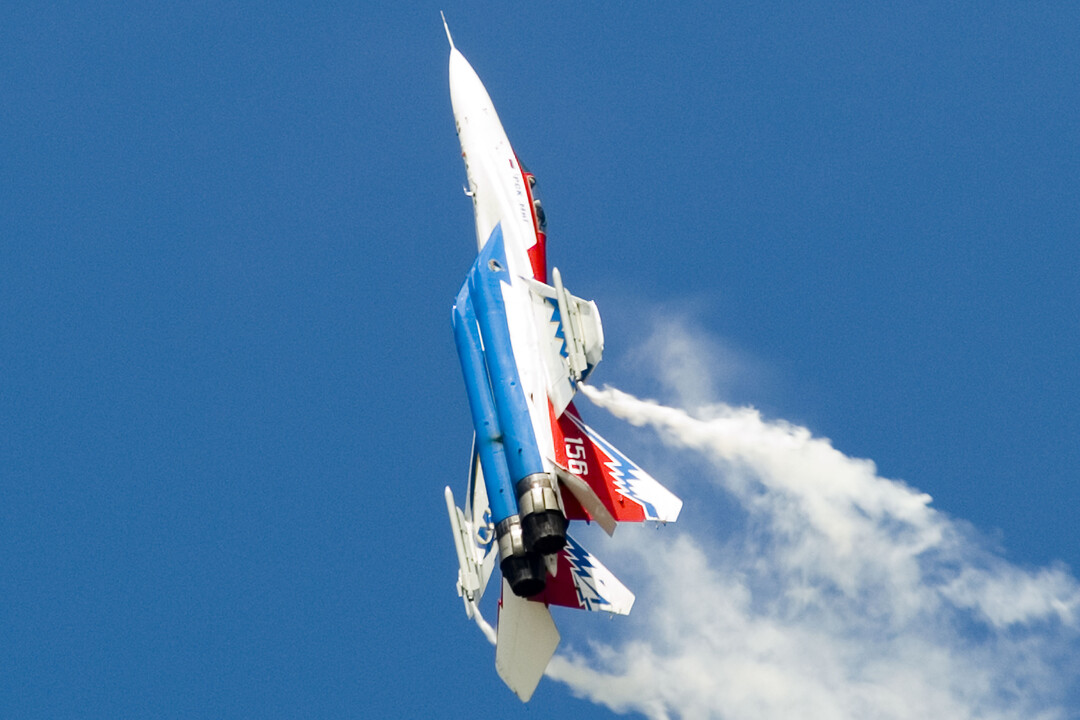
Understanding Aircraft Center of Gravity
Introduction
When it comes to aircraft flight, there are many factors that pilots and aerospace engineers must consider. One of the most important factors is the center of gravity (CG). This point plays a crucial role in ensuring the stability and maneuverability of an aircraft, and understanding its significance is essential for all aviation professionals. In this post, we are going to talk about the concept of the center of gravity, its importance in aviation, and the factors that can affect it.
What is the Center of Gravity?
The center of gravity is the point at which an aircraft would balance if it were suspended in the air. It is the average location of all the weight on the plane. The location of the CG is determined by the distribution of the aircraft's weight. In an airplane, the center of gravity is usually located forward of the wings. The distance between the CG and the neutral point of the aircraft is called the static margin. In a multicopter, the CG is typically located at the center of the fuselage, and around the propellers for the z-axis.
Importance of the Center of Gravity in Aviation
The center of gravity (CG) is a crucial factor in aviation because it affects the stability and control of an aircraft. If the CG is too far forward with a high static margin, the aircraft will be nose-heavy, making it difficult to pitch up during takeoff and climb. The aircraft will also be sluggish in the longitudinal axis, with too much stability, and will be hard to pitch. Conversely, if the CG is too far aft with a low static margin, the aircraft may be easy to maneuver in the pitch axis with very high agility, but the stability will decrease. This may be desirable in some aircraft like jet fighters, which may even be designed with a negative static margin, meaning the CG is behind the neutral point. In this configuration, the aircraft will be unstable, and an autopilot is required to control it at all times.
Furthermore, the CG also affects an aircraft's lateral stability. If the CG is too far to one side, the aircraft will have a tendency to roll in that direction. This can be particularly dangerous during flight, as it can lead to loss of control and potential crashes. Pilots must ensure that the CG is within the specified limits for their aircraft to ensure safe and stable flight.
Factors Affecting the Center of Gravity
Several factors can affect the center of gravity of an aircraft, including fuel load, passenger and cargo weight, and aircraft modifications. As fuel is consumed during flight, the CG will move further aft, potentially affecting the aircraft's stability. Similarly, loading more weight in the rear of the aircraft can also shift the CG aft, creating a potential hazard. It is therefore essential for pilots and ground crew to calculate the aircraft's weight and balance before each flight to ensure the CG is within the safe limits.
Aircraft modifications can also affect the CG. For example, adding equipment or changing the layout of the cabin can shift the weight distribution and change the location of the CG. Any modifications must be carefully considered and calculated to ensure they do not affect the aircraft's stability and safety.
How to Calculate the Center of Gravity
Calculating the center of gravity is a crucial step in ensuring a safe and stable flight. The process involves determining the weight and arm of each item on the aircraft and then calculating the moment of each item (weight x arm). The sum of all the moments is then divided by the total weight to determine the location of the CG.
Modern aircraft often have computerized systems that can calculate the CG automatically. However, pilots and ground crew must still verify the calculations and ensure that the CG is within the safe limits for their aircraft.
Conclusion
In conclusion, the center of gravity is a critical factor affecting an aircraft's stability and control. Pilots and aerospace engineers must understand the significance of the CG and ensure that it is within the specified limits for their aircraft before each flight. Factors such as fuel load, passenger and cargo weight, and aircraft modifications can all affect the CG, and must be carefully considered and calculated. Calculating the CG is a crucial step in ensuring safe and stable flight, and pilots and ground crew must take this responsibility seriously.
CEO @ ARF Interactives | Software Development Services | Applications, Websites, Games, and Business Management Software Design & Development.
1yReally insightful article and a clear emphasize on the factors that effects CG and the roles and responsibilities of calculating the effect, for safety by pilots and ground crew.